X
wikiHow is a “wiki,” similar to Wikipedia, which means that many of our articles are co-written by multiple authors. To create this article, volunteer authors worked to edit and improve it over time.
This article has been viewed 38,858 times.
Learn more...
If you have had a surgery and need to know how to cope with a catheter, it's important to realize that you can easily keep it clean and well maintained by following a few easy steps. Your catheter will help you drain fluid and infection from your body, and it will be secured to your body to stabilize it and to avoid accidental removal.
Steps
-
1Avoid tugging at the catheter, and wear loose clothing that will not get caught on the catheter.
-
2Drain your full bag or bulb as necessary. You will need to empty the bag or bulb contents on a regular basis.[1]
- Turn the bag or your bulb upside down.
- Take the cap off the bag.
- Pour the contents of your bag or bulb into your toilet, and take care so that no part of your bag or tubing actually touches the toilet or the water. This can introduce contaminants.
- Put the cap back on the bag.
- Adhere the bag back to its original location.
Advertisement -
3Keep your dressing dry.[2]
- Don't immerse your catheter or any of the dressing in the deep water of a bath.
- Cover your dressing with plastic wrap if you plan to shower with it.
- Remove any wet dressing as soon as possible and replace it with new dressing, leaving your catheter device alone.
-
4Change your catheter dressing as needed for cleanliness.[3]
-
5Refrain from flushing your catheter unless your doctor instructs you to.
-
6Clean the skin and remove slight secretion accumulation around your catheter site by using a cotton swab or a gauze pad that has hydrogen peroxide on it.
-
7Watch for warning signs, and make sure to take precautions with your catheter and bag or bulb.[4]
- Assess yourself for any distress. A high fever could be a sign of a backup in the line or infection, and you should contact your physician if you have any fears about your catheter.
- Avoid any kinks in your line.
- Make sure there are no leaks in your catheter tube.
- Look for irritation, swelling or skin that is red or tender at your insertion site.
- Ensure that your drainage bag doesn't get too full, resulting in dragging or pulling on your catheter.
- Sharp pain, nausea, vomiting and chills are warning signs as well.
-
8Learn proper cleaning technique for catheters in place for the long-term.
- Carefully wash around your drainage tube with soap and water.
- Rinse the catheter site well, and then dry it with a clean towel.
- Powders and lotions should not be used around the site where your catheter has been inserted.
-
9Avoid sexual intercourse if you have an indwelling catheter.[5]
-
10Measure any output that comes out of your catheter as directed by your physician.
Advertisement
References
- ↑ https://www2.hse.ie/conditions/urinary-catheter/living-with/
- ↑ https://www.kidney.org/atoz/content/hemocatheter
- ↑ https://www.kidney.org/atoz/content/hemocatheter
- ↑ https://www.urologyhealth.org/healthy-living/urologyhealth-extra/magazine-archives/winter-2014/catheterization-qanda
- ↑ https://www.nhs.uk/conditions/urinary-catheters/living-with/
About This Article
Advertisement
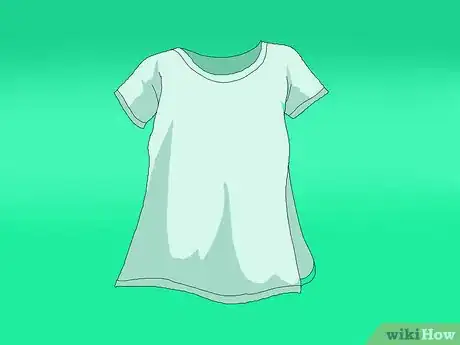
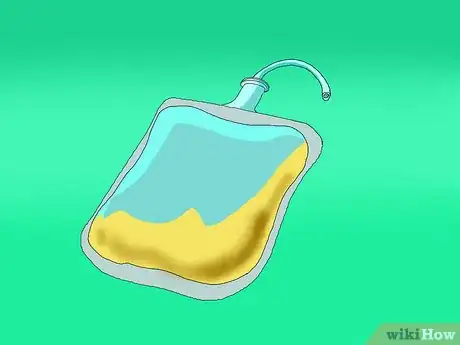

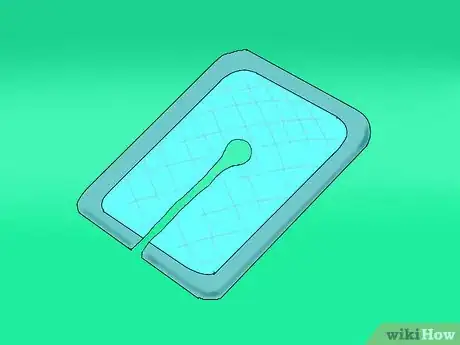


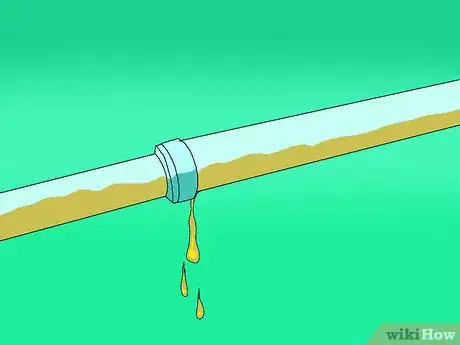








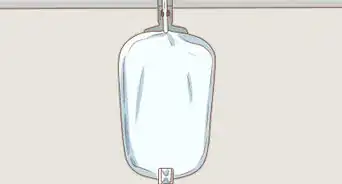


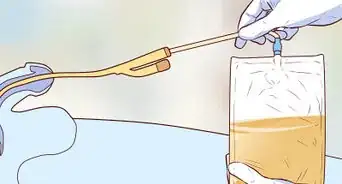













































Medical Disclaimer
The content of this article is not intended to be a substitute for professional medical advice, examination, diagnosis, or treatment. You should always contact your doctor or other qualified healthcare professional before starting, changing, or stopping any kind of health treatment.
Read More...